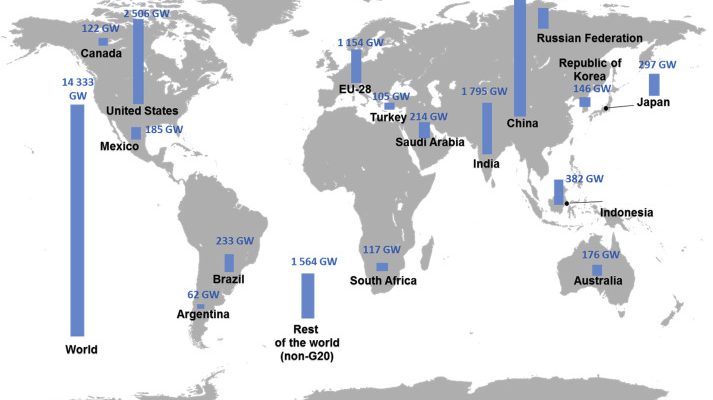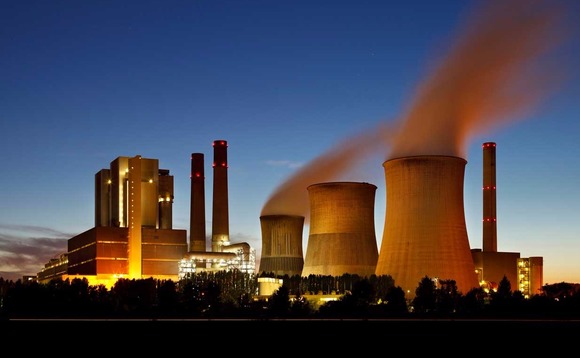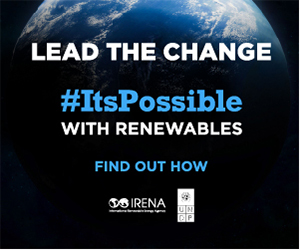The discovery of commercially feasible light bulbs has been a revolutionary invention in the history of human race. It completely transformed and innovated the manner in which we live our lives and has led to massive developments in science as well as commerce. However due to the increasing global warming and climate change affecting the planet there have been increasing cries for people to do their bit in helping the planet by reducing the pollution. The usage of energy saving light bulbs is a small yet a significant step in helping our environment. Not only this, the energy saving light bulbs also help in reducing the electricity cost of your lighting requirements. Thus these bulbs are a great option that people should consider when installing light bulbs at their homes and work places.
The most popular energy saving light bulbs
Due to their affordable cost and low energy, the energy saving light bulbs are increasingly becoming popular amongst the consumers both in private homes and commercial establishments. An increasing number of people these days are opting for the energy saving light bulbs over the traditional light bulbs. Let us have a look at some of the most popular energy saving light bulbs.
- LED Bulbs
LED light bulbs are well known across the board for their lighting efficiency. The energy consumption required for LED bulbs is extremely low whereas their lifespan is an incredible 100k+ hours. This essentially means that the lifespan of an LED light bulb is 20 times of a regular, traditional incandescent light bulb in a household. This is one of the reasons that an LED light bulb is preferred in places where there is a requirement for lighting conditions to be on most of the time. The low energy, high durability of an LED bulb is a life saver as it provides a productive lighting solution to the lighting requirements of big and small scale industries.
The approximate efficiency rate for energy in LED bulbs is about 80 percent. This means that the 80 percent of energy consumed by LED bulbs is transformed into light and only 20 percent of the energy is lost. That is a good conversion rate going by the current standards of lighting equipments. In contrast, the incandescent light bulb only transforms 20 percent of the energy into light and the staggering 80 percent of the remaining energy is lost and wasted. That is a huge gap of energy conservation between LED bulbs and regular incandescent light bulbs. This is why most of the businesses as well as industries that have high lighting requirements, such as large hotels, office buildings etc prefer LED bulbs as they are comparatively far cheaper than the traditional bulbs.
- CFL Bulbs
CFL bulbs, also known as compact fluorescent lamp bulbs, are amongst the most efficient low energy bulbs out there in the market. These bulbs are essentially nothing but fluorescent bulbs but they have a higher degree of efficiency when it comes to energy consumption and they are also more versatile in comparison to their compatriots. They are considered versatile because these bulbs can be used with a wide range of applications and settings.
One of the key feature of the CFL bulbs is the mercury vapor contained in small quantity within the glass. When electricity runs through the bulb it stimulates phosphorous coating via ultra-violet light thereby enabling the vapor to glow which produces light. This method of stimulating phosphorous coating requires less amount of electric energy as compared to other methods of lighting which includes incandescent bulbs. Thus CFL bulbs are one of the most energy efficient bulbs and are increasingly being used in the lighting environments.
- Sensor Light Bulbs
The sensor light bulbs are a technologically advanced version of the CFL bulbs. The sensor light bulbs come with inbuilt mechanism and sensors that enables them to switch on the light when the sunlight is fading and switch off automatically when day sunlight is restored. This is one of the most amazing advances in the lighting industry.
The sensor within the sensor light bulb analyzes the level of natural sunlight and depending on its status, whether it’s fading or increasing, it decides to switch on or off automatically. This feature is not only amazing but it also helps to save energy by avoiding unnecessary wastage. A lot of the times people tend to be lazy and don’t switch off the lights even when it is not necessary. However the sensor light bulbs solves that problem by switching off automatically when not required. These bulbs are able to provide 100 light watts from a mere 20 watts of electric power thus making them one of the most energy efficient power bulbs in the market.
Contributing To Efficiency
There are multiple brands for these energy saving bulbs in the market and you should make your choice based on your own research and requirements. These energy savers are not just for homes. Companies have replaced a lot of their bulbs to be more efficient. Efficiency knows no bounds and all players can make a difference. LSA Networks, a U.S. based social networking company known for free sexual sites for casual dating, have revamped the lighting in all of their offices to maximize efficiency. Other large tech companies and small businesses continue to do the same.






